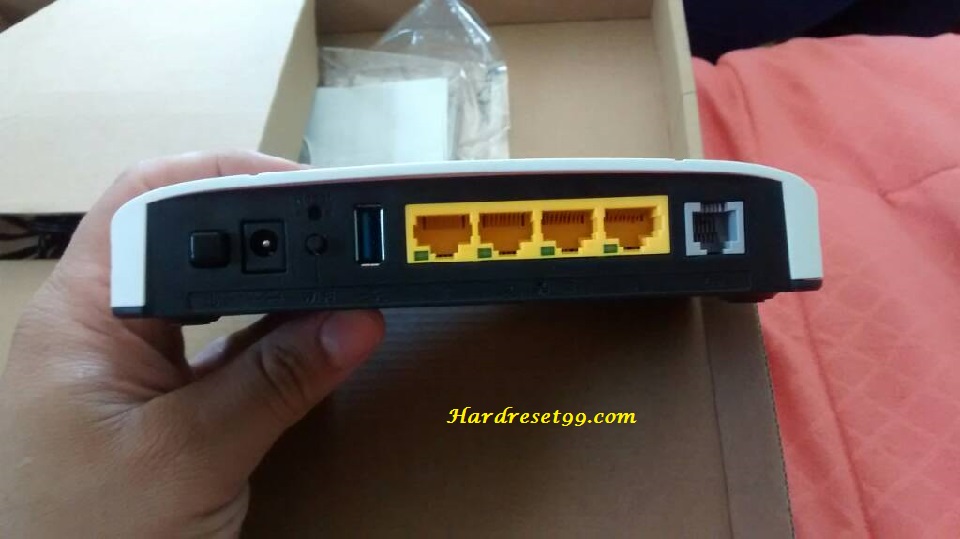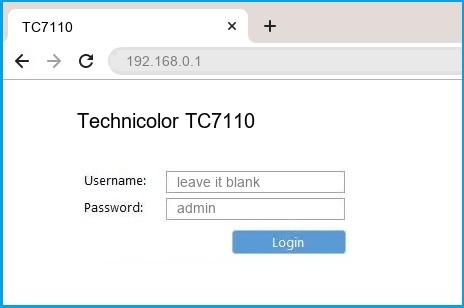

I will edit this later with a way to do this. The exploit allows to bypass authentication because you have direct access to the configuration file, but since it would be a little tricky to implement the cookie sharing after login, maybe it is better to inject a new user on it. Print out the url, newly created account and password.Login with option.account and option.password.Check if option.account account is available.Expect Login not allowed (this means the user exist but isn't allowed to login via telnet).


Use the passwd command to change the root password:įinally you have to permaently enable the ssh access for the root user (but only from the LAN interface), copy and paste the following commands exactly:

The IP address must be the one of your PC. Inside the IP Address text input, write the following command just before clicking the Send Ping Request button: On the router you have to navigate the Dignostic tile, then the Ping & Traceroute tab. Router Password Decryptor is the FREE tool to instantly recover Internet login/PPPoE authentication passwords, wireless WEP keys, WPA/WPA2 passphrases from your router/modem configuration file with Router Password Decryptor. This will bind the TCP port 1025 and start listening for an incoming connection. Visit the WAN setup page for step-by-step instructions on different WAN configurations, including PPPoE, IPoE and transparent bridging. If instructed to do so by a technician, you may need to change the WAN settings on your modem manually. You need a PC connected on the same LAN (I used a GNU/Linux box), issue the following command on the PC: Set up your modem and activate your internet. The router default IP address is 192.168.1.1 (beware that it has a DHCP server enabled), web access is with admin login and admin password.


 0 kommentar(er)
0 kommentar(er)
